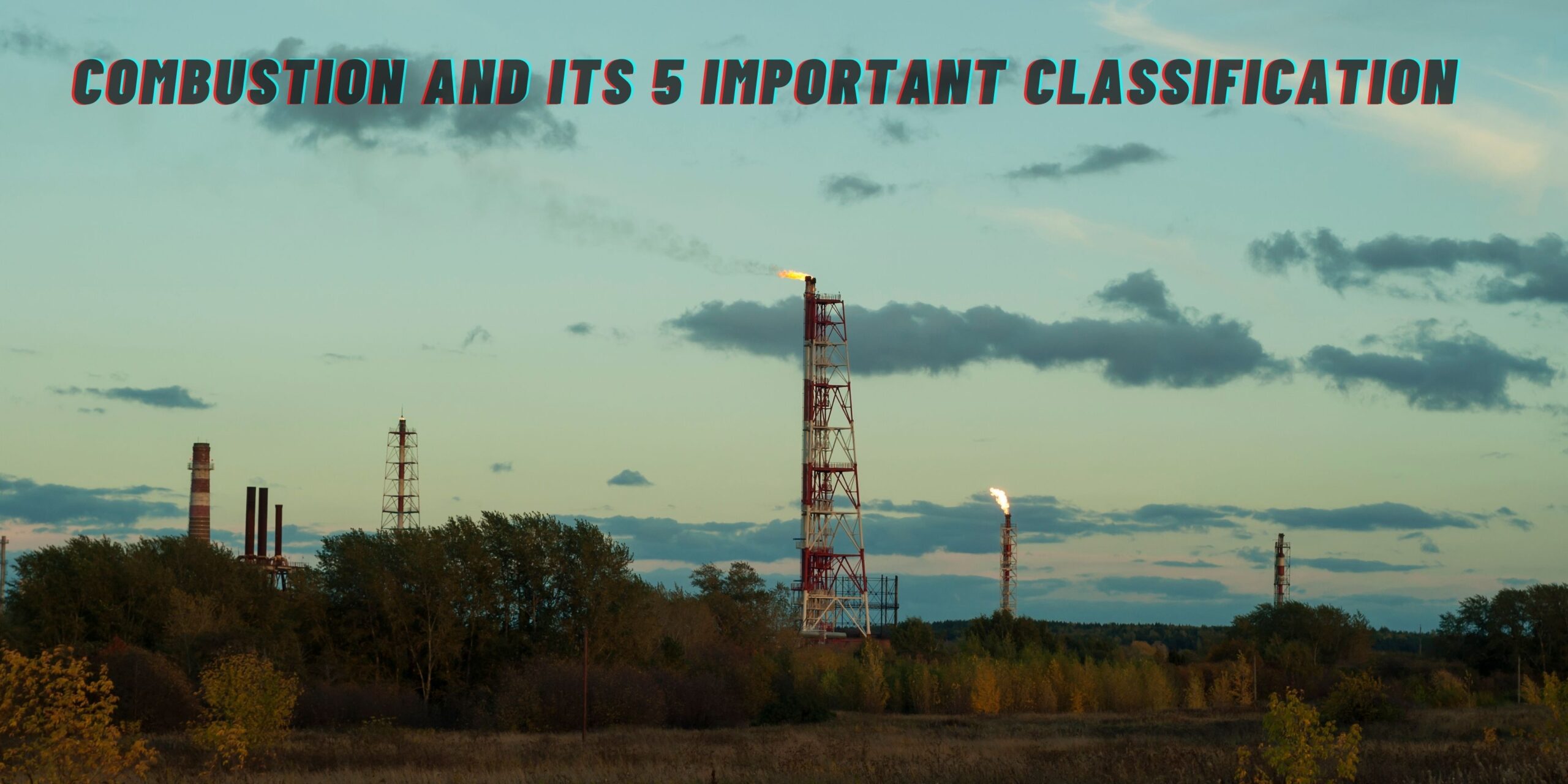When a layman hears the word ‘combustion’, he thinks of it as some technical term while it is just a technical term for burning. The process of combustion takes place whenever something is burnt but when it comes to industrial applications, combustion is not constrained to just burning but happens via different machines and instruments like MRU AMPRO 2000 combustion and emission analyzers. However, no matter what the reason for combustion may be, the basic process remains the same everywhere wherein a fuel reacts with an oxidant to produce heat. There are 5 important types of combustion which are discussed in brief below
Complete Combustion
The first and the most basic type of combustion is the complete combustion. In this process the combustion occurs in the unlimited supply of oxygen and the burnt hydrocarbon leaves water and carbon dioxide as byproducts. This is also the reason why this is also called a clean combustion. Since complete combustion is a very natural process, even when it is performed in industries, there are no tools or external machines required to make it happen so no extra costs and efforts are involved as well in the whole process
Incomplete Combustion
Another important Classification of Combustion is the incomplete combustion which is exactly opposite to the complete combustion. It takes place when the air or oxygen is in the limited supply and since the combustion is not complete, it is also known as dirty combustion. The fuel does not react completely due to the lack of oxygen leaving residue as carbon monoxide and soot instead of carbon dioxide. One of the noticeable things about incomplete combustion is that it produces very less energy as compared to complete combustion. Burning of paper is the best example for incomplete combustion as it leaves ash as the residue
Rapid Combustion
Rapid combustion is a combustion process which is alive till the fuel is left. As soon as all the fuel is burned up, the combustion is stopped immediately. In rapid combustion, the rapid energy requires external heat energy for the combustion reaction to occur leaving a large amount of heat and light energy as a by-product. Lighting a candle is one of the best examples of rapid combustion where the combustion process is alive till all the wax of the candle is being burnt up. The reaction starts as soon as the flame ignites the wick of the candle and stops after burning all the wax.
Spontaneous Combustion
A combustion process where there is no outside energy required to begin the reaction is called spontaneous combustion as there is spontaneity in the reaction. The internal reaction occurs in the spontaneous combustion process which causes an increase in temperature. The amount of oxygen is sufficient which initiates the process. There comes a point when the fuel reaches a temperature that is extremely high thus igniting on its own. Spontaneous combustion does not require any external heating and the combustion takes place due to self-heating. One of the best examples of spontaneous is the reaction of alkali metals with water.
Explosive Combustion
As the name suggests, explosive combustion is a process that occurs with an explosion. An external force is required to heat and ignite the fuel which produces light and sound immediately which is also called an explosion. The reaction occurs rapidly and is quite dangerous at times since a huge amount of light and sound energy is produced within seconds causing an explosion whose magnitude depends on the amount of fuel used. Fireworks and crackers are the best examples of explosive combustion
Instruments like MRU Ampro 2000 gas analyzer are extremely useful once you would like to analyze different gases present within the containers and portable instruments like portable hydrogen gas detectors are useful for detecting and analyzing a selected gas, hydrogen during this case.

